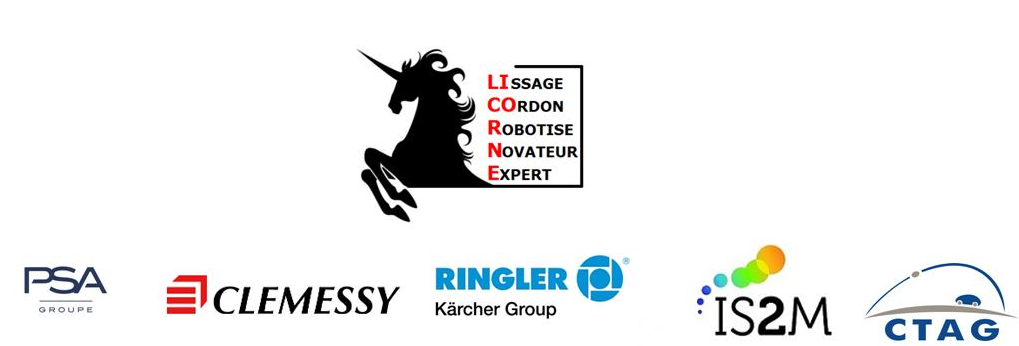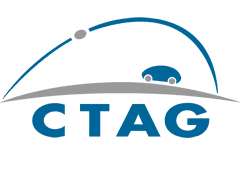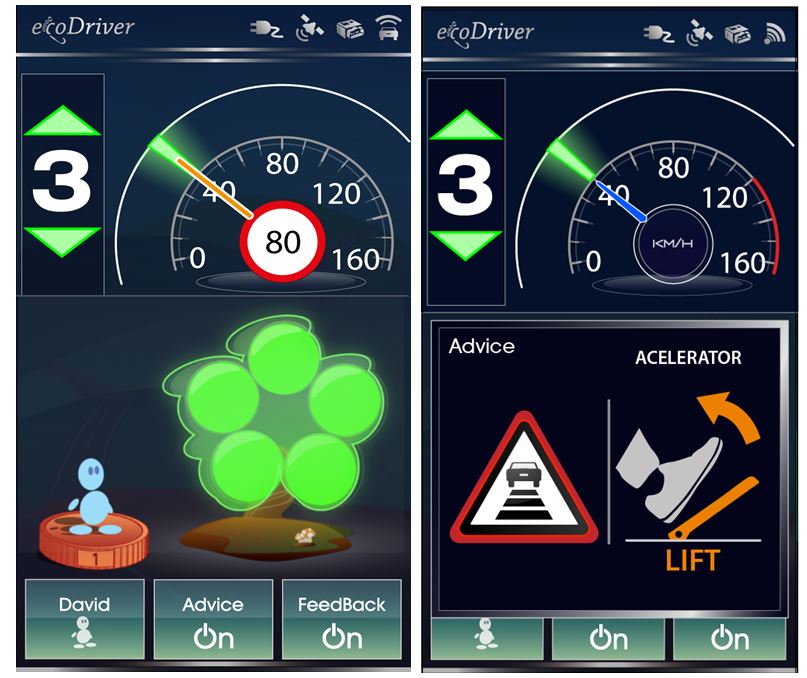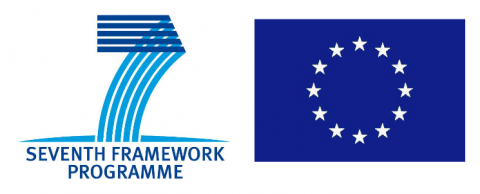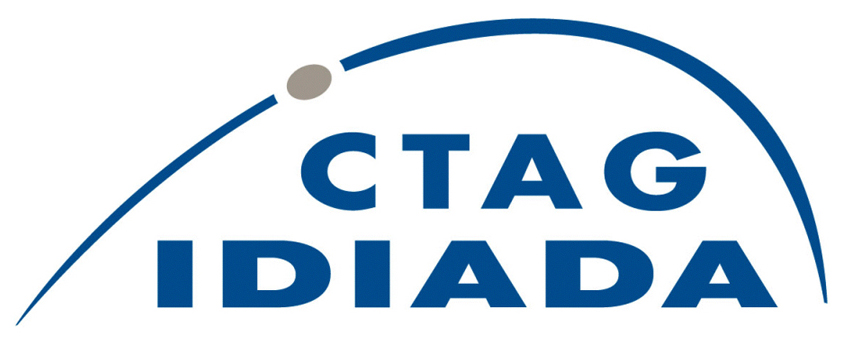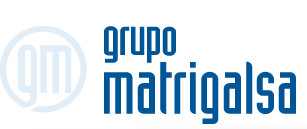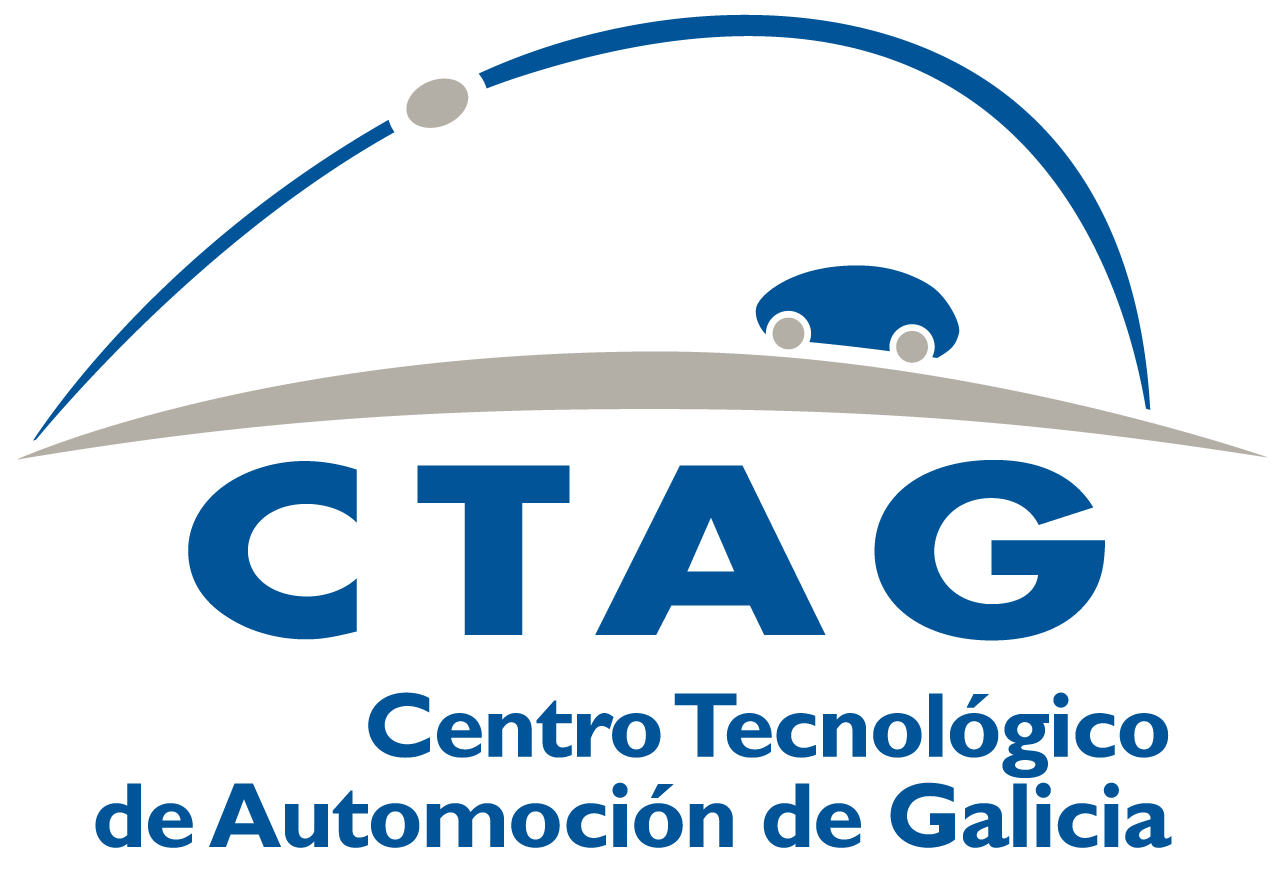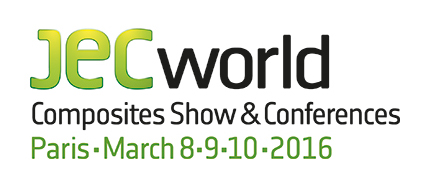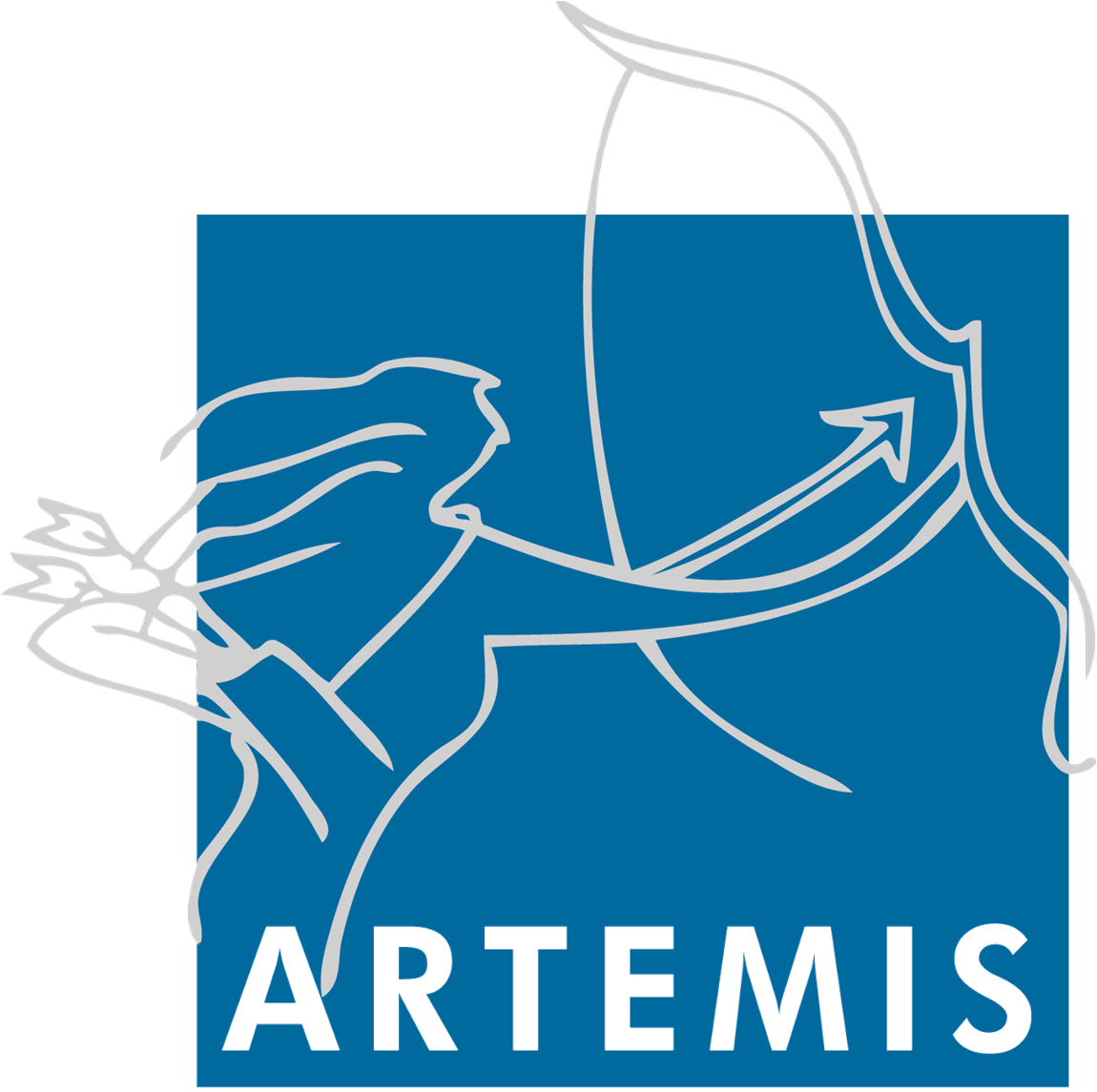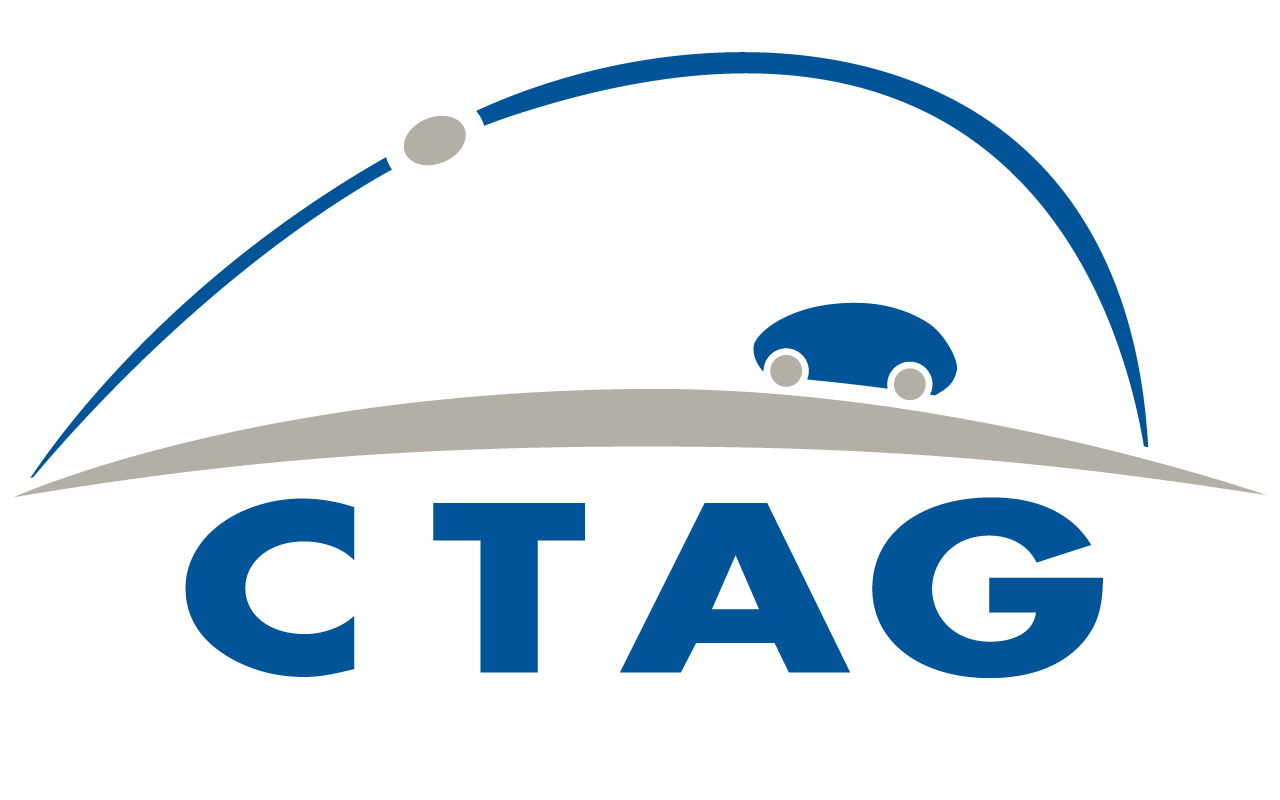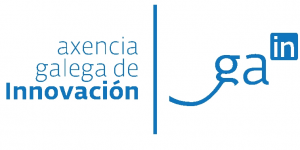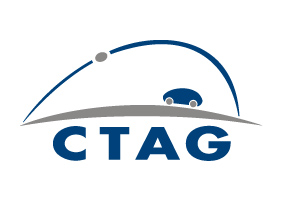CTAG participates in LICORNE (LIssage de COrdons Robotisé Novateur Expert), a H2020 European project that started in November 2015. With a budget of 2.8 M€, LICORNE is a two-year FTI, Fast Track to Innovation action.
The project aims to provide an automated commercial system to apply sealing mastic on the vehicle body automatically, using only the necessary material, removing excess material to use it in the following application.
LICORNE searches to develop an innovative self-adjusting process for the quality control of the PVC seal on the body, increasingly used in automobile manufacturing.
LICORNE aims to certify autonomously that each junction has a high quality assurance, through real-time analysis of small deviations, providing recommendations for better management of the system and allowing to anticipate defects.
CTAG collaborates in the optimisation of the automated process through the capture and analysis of the installation parameters. The objective is to ensure the quality of the application of the sealing material and the optimisation of material consumption. BIG DATA techniques shall be used, first, to determine the application parameters that are appropriate for each vehicle and, in a second phase, to advise modification of the application parameters in order to achieve the optimum process.
The rest of the consortium is made up of PSA Groupe (France) as coordinator and future user of the system, Clemessy (France), which will address path correction technology, RINGLER GMBH, which will develop the mastic bead application system so that a uniform application optimising the amount of material used is achieved, and the Institut de Science de Matériaux de Mulhouse – IS2M (France), dedicated to the use of plasma for modification of materials.
